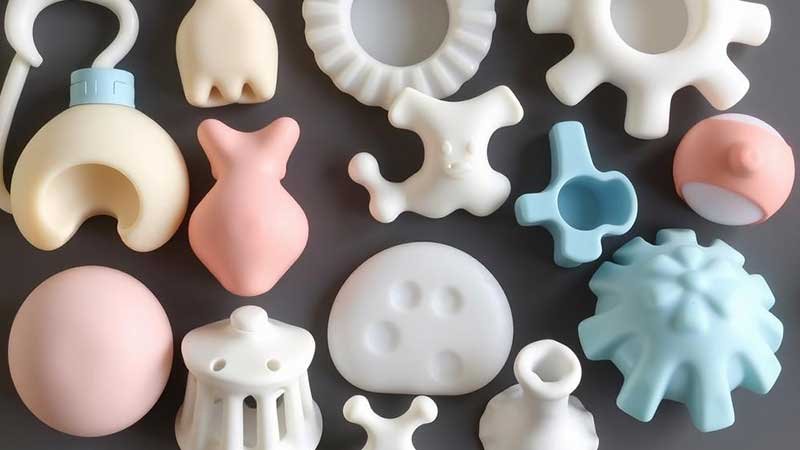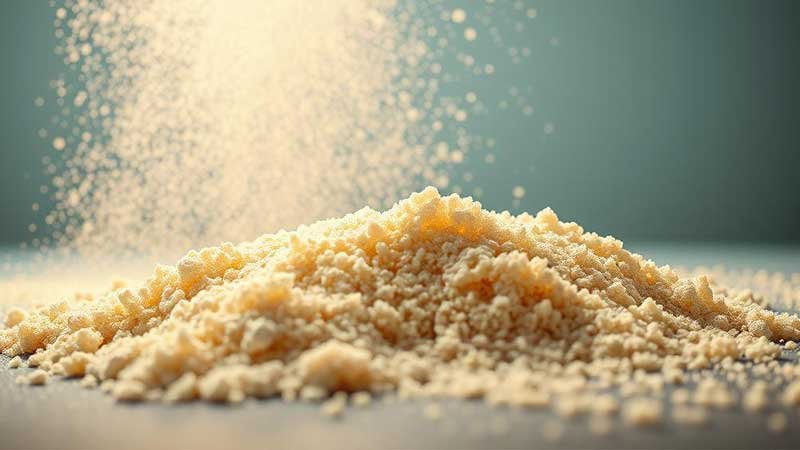When you’re dealing with materials for various products, whether it’s baby toys or industrial parts, you may come across two terms that seem similar: silicone and silica. Both are versatile, but their characteristics and uses can differ greatly. So, which one should you choose for your next project? Let’s dive in.
Silicone and silica might sound like interchangeable terms, but they are distinct materials with very different properties and applications. Silicone is a synthetic polymer made of silicon, oxygen, carbon, and hydrogen, known for its flexibility, durability, and temperature resistance. Silica, on the other hand, refers to silicon dioxide—often in the form of sand or quartz—and is commonly used as a filler material in industrial and construction products.
While both are derived from silicon, their molecular structures and uses are where the differences really start to show. Stick with me, and we’ll explore the nuances of each.
What Exactly is Silicone?
Silicone is a synthetic polymer. Unlike natural materials, silicone is man-made, and its chemical structure makes it highly adaptable. It’s composed of silicon, oxygen, carbon, and hydrogen atoms, which give it unique properties that are highly sought after in industries ranging from baby products to construction.
Silicone products are known for their flexibility, heat resistance, and non-toxic properties. These characteristics make silicone an ideal material for baby teething rings, kitchenware, and medical devices. Its ability to withstand extreme temperatures—both hot and cold—means it’s used in everything from baking mats to automotive parts. Silicone can be made into a variety of forms, such as gels, oils, and rubber-like solids, making it incredibly versatile.

What About Silica?
Silica, or silicon dioxide (SiO₂), is a naturally occurring compound. It is the main component of sand, quartz, and granite, and it’s also found in many minerals. Silica exists in two main forms: crystalline and amorphous.
Silica’s primary use is in the construction and manufacturing industries as a filler material or a key ingredient in products like cement, glass, and ceramics. When you encounter the term “silica gel,” it refers to the amorphous form, which is commonly used as a desiccant in packaging to absorb moisture.
How are Silicone and Silica Made?
The production process for silicone and silica involves different techniques, reflecting their distinct physical properties.
- Silicone: Silicone is manufactured through a complex chemical process that begins with the extraction of silicon from sand. The silicon is then combined with other elements like carbon, oxygen, and hydrogen to create various types of silicone, from solid rubber to liquid forms.
- Silica: Silica is typically extracted directly from sand or quartz. It can then be processed to create either crystalline or amorphous silica, depending on its intended use. Silica is often refined by heating it to high temperatures, which is a process that leads to the formation of glass or ceramic materials.
What Are the Key Differences in Their Applications?
- Silicone: Because of its flexibility, temperature resistance, and non-toxicity, silicone is often used in a wide variety of consumer goods and industrial applications. You’ll find it in products like silicone baby teething rings, kitchen tools, medical implants, and even electronics.
- Silica: Silica is generally more rigid and is commonly used in construction, electronics, and manufacturing. Silica gel, for example, is used to absorb moisture in packaging, while silicon dioxide is a key ingredient in glass production and electronics.
In short, if you’re looking for flexibility and heat resistance, silicone is your best bet. Silica, though, is a great choice for rigidity and use in construction or as a filler.

Which One Should You Choose for Your Product?
When deciding between silicone and silica, it’s all about what your product needs. If you need a flexible, durable, heat-resistant material for items like bakeware, medical devices, or baby toys, silicone is the clear winner. But if you’re working on a project that requires rigidity or is part of a construction material, silica is more suitable.
Can Silicone and Silica Be Used Together?
Yes, in some cases, silicone and silica can be combined. For example, in the creation of silicone rubber, silica is often used as a filler to improve the material’s strength and durability. This combination leverages the best of both worlds, making the material both flexible and strong. However, this is typically seen in industrial applications rather than consumer products.
Conclusion
In summary, silicone and silica, though related through their silicon content, serve vastly different purposes. Silicone’s flexibility, durability, and heat resistance make it perfect for products that need to withstand extreme conditions or offer comfort and safety, like baby products or kitchenware. Silica, however, shines in applications where rigidity and moisture control are key, such as construction materials and packaging. Both have their place, but understanding their differences can ensure you choose the right material for your needs.